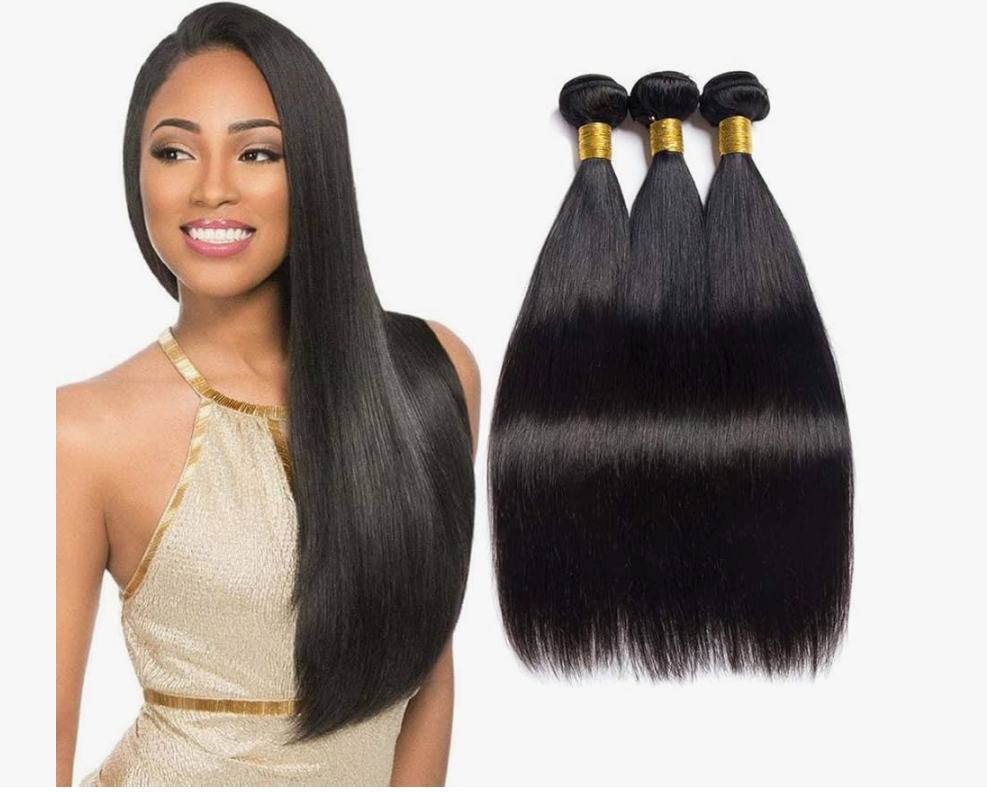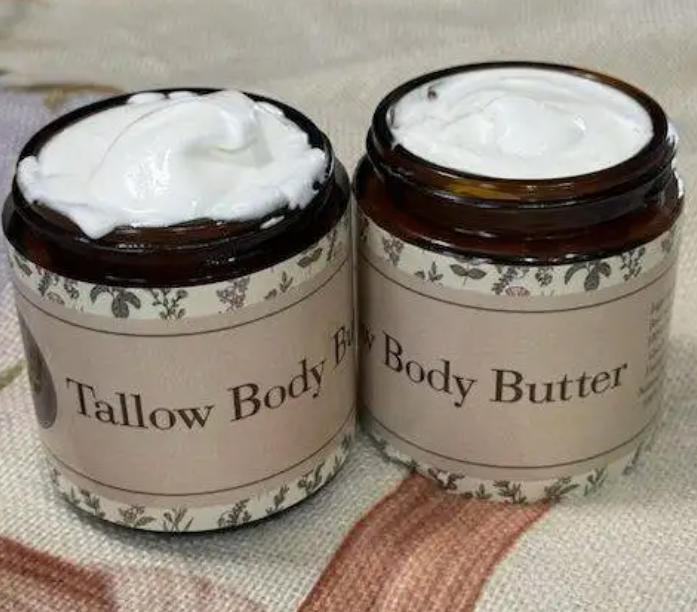
Defining Pure Tallow Products
Pure tallow skincare contains rendered beef fat as its primary or sole ingredient. These products exclude synthetic additives, preservatives, and fillers common in conventional cosmetics. The simplicity ensures you receive the full benefits of tallow without interference from unnecessary components.
The purity level matters significantly for effectiveness. Some products claim to contain tallow but list it as a minor ingredient after water, synthetic emulsifiers, and other additives. True pure tallow formulations make beef fat the star, with only minimal additions like beeswax or essential oils if any.
Sourcing determines tallow quality. Grass-fed cattle produce fat with superior nutrient profiles compared to grain-fed animals. The difference includes higher levels of vitamins A, D, E, and K plus beneficial compounds like conjugated linoleic acid. These nutrients contribute directly to skincare benefits.
Processing methods affect final product quality. Traditional low-heat rendering preserves beneficial compounds while removing impurities. Industrial high-heat processing or chemical extraction can damage delicate nutrients and leave residues. Small-batch artisanal production typically yields superior results.
The Historical Context of Tallow Use
Humans have used animal fats for skin protection for thousands of years. Archaeological evidence shows tallow application dating to prehistoric times. Ancient cultures across continents recognized that animal fats protected and healed skin effectively.
Egyptian medical texts document tallow use in medicinal preparations. Roman gladiators rubbed their bodies with animal fat before combat for protection. Medieval herbalists created healing salves using tallow as a base. This extensive historical use demonstrates safety and effectiveness.
The decline of tallow skincare began with petroleum industry growth in the late 1800s. Cheap synthetic ingredients replaced traditional formulations in commercial products. Marketing campaigns positioned synthetics as modern and superior despite lack of evidence supporting this claim.
Recent decades have seen renewed interest in traditional skincare ingredients. People increasingly question synthetic chemicals and seek natural alternatives with proven track records. Pure tallow skincare showcases this return to time-tested methods.
Skin Compatibility
Human sebum shares remarkable similarity with beef tallow in fatty acid composition. Both contain high percentages of palmitic, stearic, and oleic acids. This parallel means skin recognizes tallow as something familiar rather than foreign.
The compatibility allows efficient absorption and integration into skin's protective barrier. Unlike plant oils with different fatty acid profiles, tallow works with skin's natural chemistry. This results in better penetration and more effective moisturization.
Skin uses fatty acids from tallow to repair and maintain its barrier function. The lipid layer that prevents water loss and protects against irritants requires specific fatty acids. Tallow provides these building blocks in proportions skin can use immediately.
The vitamin content of grass-fed tallow further supports skin function. Fat-soluble vitamins penetrate skin readily since they dissolve in the lipid-rich barrier layer. Once absorbed, these nutrients support processes from cell production to collagen synthesis.
Benefits for Various Skin Concerns
Dry skin finds immediate relief with pure tallow application. The concentrated fatty acids provide deep moisture without water dilution. Unlike lotions that evaporate quickly, tallow creates lasting hydration by supporting barrier function rather than just coating the surface.
Aging skin benefits from multiple tallow properties. Vitamin A supports cell turnover and collagen production. Vitamin K2 may improve elasticity. The rich moisture plumps fine lines. Regular use often softens wrinkles and improves overall texture and tone.
Sensitive skin tolerates pure tallow excellently due to simple formulations. Absence of synthetic chemicals, fragrances, and preservatives eliminates common irritants. Many people who react to conventional products find pure tallow among the few options their skin accepts.
Problem skin including eczema and dermatitis responds well to pure tallow treatment. The anti-inflammatory properties help calm flare-ups. The barrier support prevents moisture loss that exacerbates these conditions. Combined with medical treatment, tallow often improves symptoms.
Combination skin benefits from tallow's balancing properties. When oily areas receive adequate external moisture, they often reduce excess sebum production. Dry areas gain needed hydration. The biocompatible fatty acids help normalize rather than disrupt skin function.
Application Techniques & Timing
Morning application protects skin throughout the day. Clean your face, pat dry, then apply a small amount of pure tallow. Warm it between your palms first so it spreads easily. This creates a protective barrier against environmental stressors.
Evening application supports overnight repair processes. After cleansing, apply tallow more generously than morning use. Focus on areas needing extra attention like laugh lines or dry patches. The extended contact time during sleep allows maximum benefit.
Amount needed varies by individual but typically requires less than expected. Start with a pea-sized portion for your entire face. The concentrated nature of pure tallow means a little covers substantial area. Add more only if truly needed.
Frequency depends on your skin type and climate. Very dry skin may benefit from twice-daily application. Normal skin might need only evening use. Oily skin could start with every other evening. Adjust based on how your skin responds.
Sourcing & Quality Considerations
Grass-fed tallow surpasses conventional sources in nutrient content and purity. Cattle raised on pasture produce fat with more vitamins and healthier fatty acid ratios. The absence of grain-based feed eliminates possible residues from pesticides and GMO crops.
Organic certification adds another quality layer. Certified organic tallow comes from animals raised without hormones, antibiotics, or synthetic pesticides. This certification requires verification and provides confidence in product purity.
Rendering methods significantly impact quality. Wet rendering using low heat preserves nutrients while producing clean, odorless tallow. Dry rendering or high-heat methods can damage beneficial compounds. Ask producers about their rendering process.
Storage affects tallow freshness. Properly rendered and stored pure tallow lasts 12-18 months. Keep it in cool, dark locations. Glass containers protect better than plastic. Some people refrigerate tallow to extend shelf life further.
Comparing Pure Tallow to Blended Products
Pure tallow products contain just rendered fat, perhaps with minimal essential oils for scent. Blended products mix tallow with other butters, oils, or additives. Neither approach is inherently better, but they serve different purposes.
Pure tallow provides maximum concentration of tallow-specific benefits. You get undiluted fatty acids and vitamins. For people seeking the full effects of tallow without modifications, pure formulations make sense.
Blended products adjust texture or add complementary benefits. Mixing tallow with shea butter creates creamier consistency some prefer. Adding jojoba oil makes products softer. Essential oils provide aromatherapy benefits. These additions can improve user experience without significantly diluting tallow benefits.
Your choice depends on personal preferences and skin needs. Some people keep both types, using pure tallow for intensive treatment and blends for daily maintenance. Experimentation helps determine what works best for you.
Commercial Options & Small Producers
Large commercial brands rarely offer pure tallow products since tallow does not fit mainstream cosmetic formulations. Most tallow skincare comes from small-batch producers focused on natural ingredients and traditional methods.
These artisanal makers typically source quality ingredients and use careful processing. Many operate small farms or work directly with local farmers. This connection ensures ingredient quality and ethical practices.
Companies like Pure Tallow Naturals specialize in grass-fed tallow formulations. These dedicated producers understand tallow properties and create products that maximize its benefits. Supporting small makers also contributes to local economies and sustainable business models.
When evaluating products, check ingredient lists carefully. Pure tallow should be the first and primary ingredient. Avoid products with long lists of additives that dilute tallow content. Read producer information about sourcing and processing methods.
Making Pure Tallow at Home
DIY enthusiasts can render tallow in their kitchens. Start with beef fat from grass-fed cattle. Local farms or butchers often sell fat inexpensively or give it away. Ask specifically for kidney fat or back fat which render cleanly.
Cut fat into small pieces and place in a heavy pot or slow cooker. Add a small amount of water to prevent sticking. Heat on low for several hours until fat melts completely. Strain through cheesecloth to remove any particles.
Pour liquid tallow into glass jars and allow to solidify at room temperature. The rendered fat will be white or cream-colored when solid. Any impurities will settle at the bottom. You can melt and strain again for extra purity.
Store homemade tallow in the refrigerator for the longest shelf life. It will last 6-12 months when properly rendered and stored. Some people add vitamin E oil as a natural preservative, though properly processed tallow stays fresh well without it.
Addressing Common Misconceptions
Concerns about smell often prevent people from trying tallow. Properly rendered pure tallow has minimal odor. Any strong meat smell indicates poor processing. Quality products from reputable makers are nearly odorless or have a clean, mild scent.
Worries about clogging pores are common but largely unfounded. Tallow rates as non-comedogenic or only slightly comedogenic. Its similarity to human sebum actually helps regulate oil production. Most people, including those with acne-prone skin, tolerate tallow well.
Questions about animal products belonging to skincare reflect personal values. Tallow comes from animals raised primarily for food. Using this byproduct prevents waste and honors the entire animal. Many producers source from regenerative farms practicing ethical animal husbandry.
Doubts about effectiveness compared to modern products overlook tallow's actual performance. Fancy marketing does not make synthetic ingredients superior. Pure tallow often outperforms expensive conventional products by working with skin's natural chemistry rather than against it.
Integration with Other Skincare Practices
Pure tallow combines well with simple, natural skincare routines. Start with gentle cleansing using natural soap or oil-based cleanser. Harsh products strip oils that tallow aims to restore.
Exfoliation before tallow application improves absorption. Use gentle chemical exfoliants like lactic acid or physical methods like soft cloths. Remove dead skin buildup 2-3 times weekly to allow tallow to penetrate fresh skin layers.
Facial oils can layer with tallow for extra nourishment. Apply lighter oils first, allow partial absorption, then seal with tallow. This works well for very dry skin or harsh climates requiring intensive moisture.
Sunscreen remains essential for daytime skin protection. Allow tallow to absorb completely before applying sunscreen. Give yourself 10-15 minutes between products for best results from both.
Long-Term Results & Expectations
Initial improvements appear within days as tallow provides immediate moisture and barrier protection. Skin feels softer and looks more hydrated. These surface benefits occur quickly but show only the beginning.
Deeper improvements develop over weeks as skin repairs its barrier using fatty acids from tallow. Chronic dryness lessens. Texture smooths. Irritation decreases. These changes reflect actual skin health improvement.
Long-term use produces cumulative benefits. After months of consistent application, skin often becomes more resilient overall. It handles environmental stress better. It maintains moisture more effectively. These results demonstrate that pure tallow skincare supports fundamental skin health rather than just masking problems.











Write a comment ...